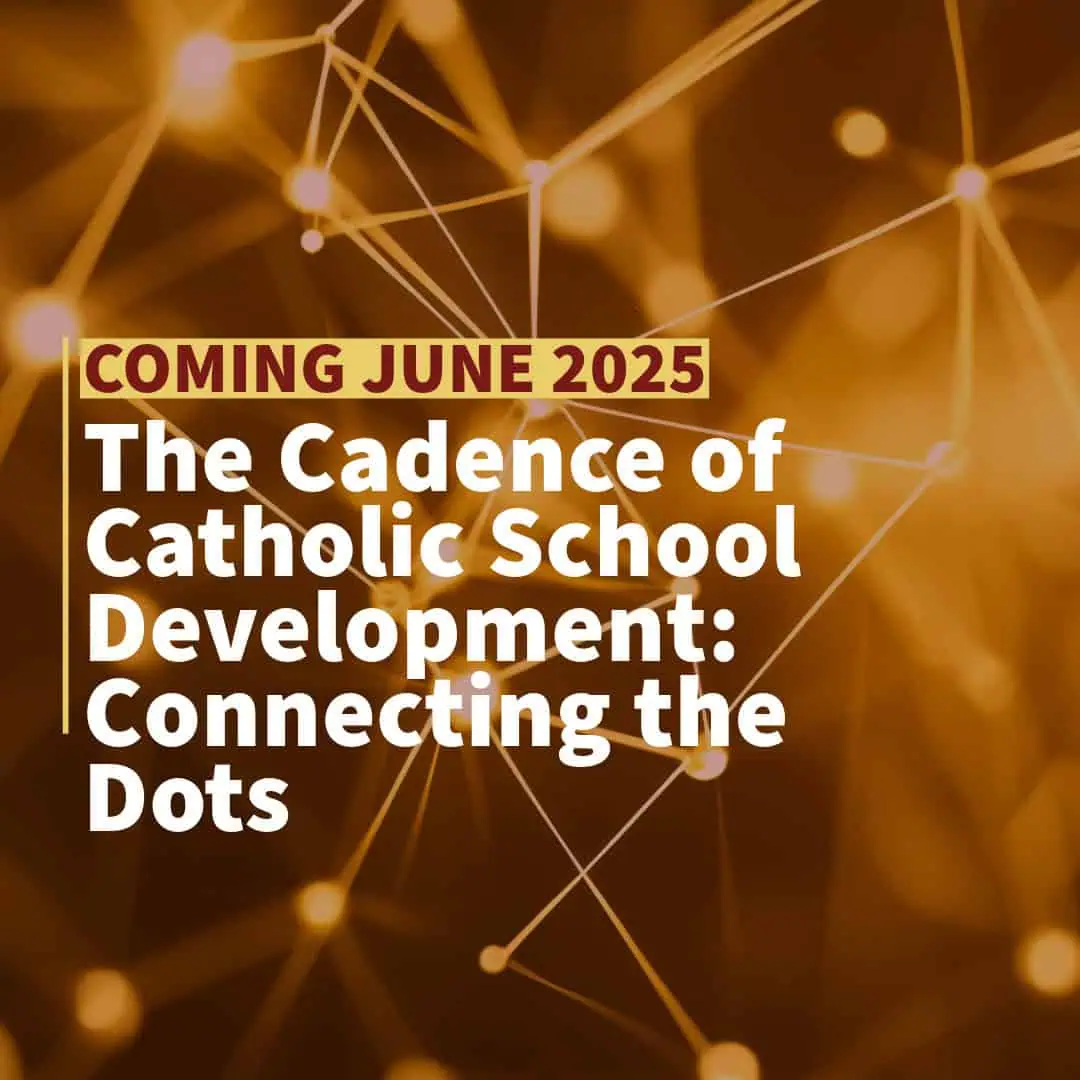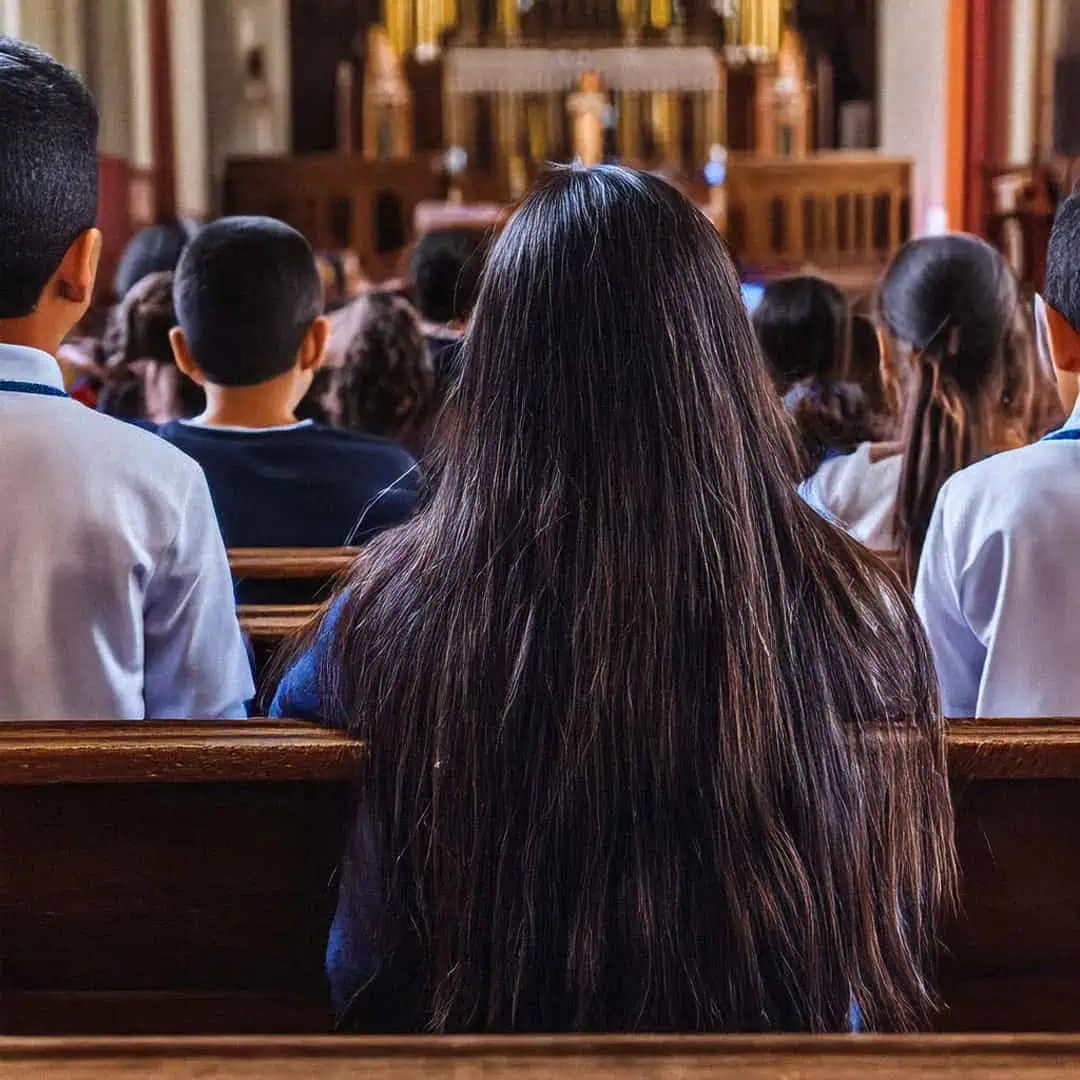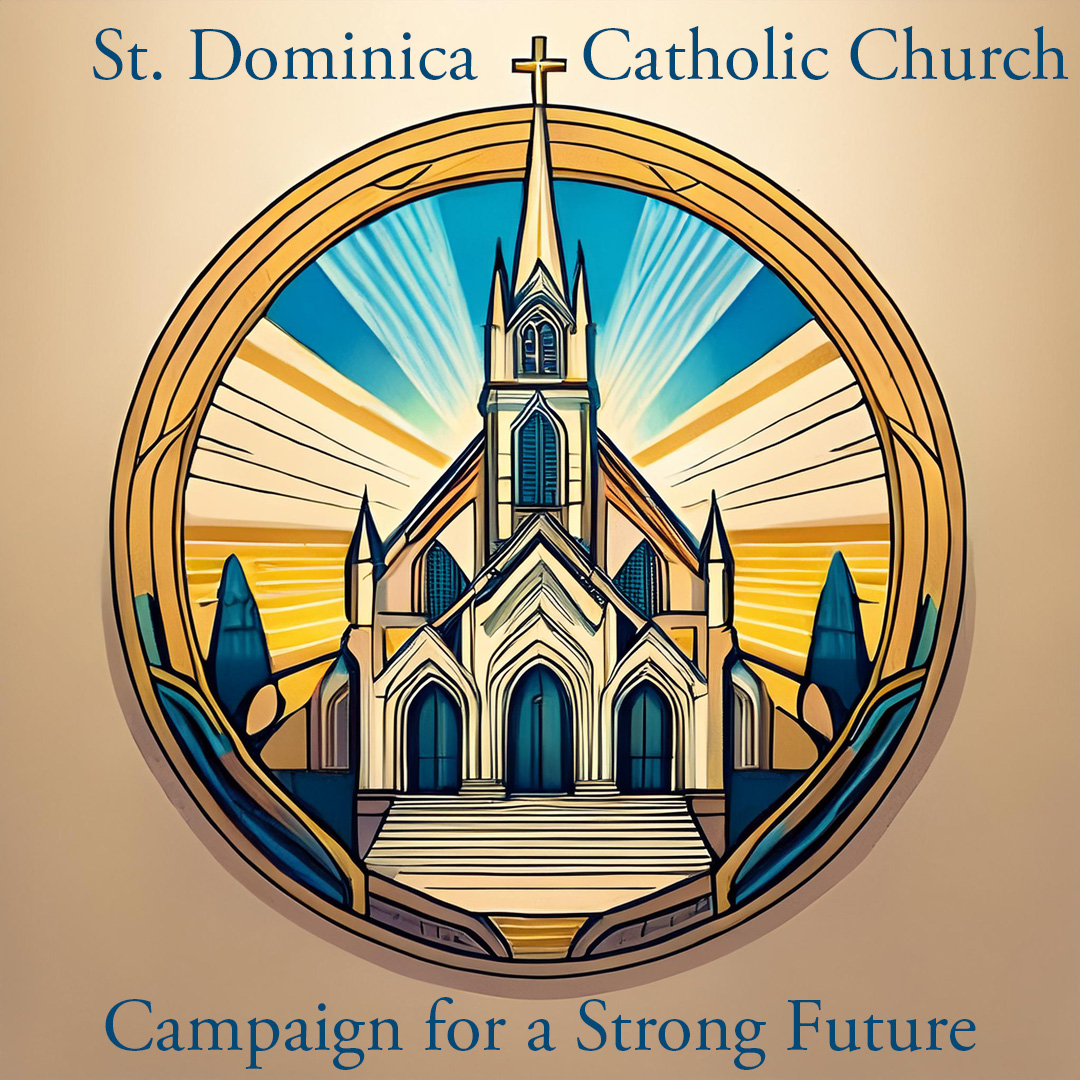- “Quite revealing!”
- “Thank you for access to this eye-opening information.”
- “Today’s presentation was truly a ‘lift the slate’ presentation. It smacked me in the back of the head with the belief that NOW is the real-time to prepare for the future vitality of our parish and school. Thank you for the cold-water-to-the-face presentation!”
- “Well done, love the vision and zeal and believe our school and parish are at a turning point in improving collaboration with other parishes.”
This “white paper” by ISPD has three major components.
- Rationale for This Position (Part I)
- Premises/Basic Truths: What Experience and Data Tells Us (Part I and Part II)
- The Future of Catholic Schools and Parishes: Steps/Suggestions to Prevail (Part III and Part IV)
At the conclusion of the fourth issue in May, we will publish one inclusive and comprehensive document.
Rationale for This Position
We believe that the 31+ year history of ISPD provides the credibility to state our position. Founded in 1989, we have worked with thousands of Catholic schools, parishes, and (arch) dioceses throughout the United States. We begin our 32nd year this June 2021.
Premises/Basic Truths: What Experience and Data Tells Us
With this document, ISPD offers 27 premises/basic truths. In Part 1 we covered fifteen of these; in Part 2, we will cover the final twelve.
16. Openness, financial transparency, and a fear-less culture are not always the norm in some Catholic schools and parishes. Oftentimes, the pyramid structure of top-down governance and ownership is a major barrier in building a Culture of Belonging.
Unfortunately, there are some Catholic schools and parishes where fear is present and a “right way, my way, or the highway” mentality from leadership. This is a recipe for disaster.
17. Only 30% of parishioners are engaged in parish life today. 47% are not engaged; 23% are actively disengaged (Source: Gallup). Translated, this also means that the majority (70%+) of parishioners have little understanding of Total Stewardship.
18. Many Catholic school and parish leaders and leadership groups see development—advancement—stewardship as raising money, only.
19. Resources follow vision and mission. This continues to be a tough lesson to learn.
20. Creativity in Catholic schools can be positively astounding – just look at the responses to COVID-19. Catholic institutions can thrive and not just survive.
21. In Long-Range Pastoral plans, usually the # 1 priority is to address the youth of the parish. However, even with that priority, many parishes struggle with implementing a vibrant youth ministry process. Hence, young people between the ages of 16-25 fall away from the church. (Going, Going, Gone: The Dynamics of Disaffiliation in Young Catholics. (Sources: CARA, ISPD, and St. Mary’s Press Research)
22. Active Catholic parish participants and their financial support:
- 28% of active Catholic parish participants donate $100 or less per year.
- 19% give between $101 — $250 annually.
- 16% give between $251 — $500 annually.
- 17% give between $501 — $1,000 annually.
- 12% donate between $1,001 — $2,000 annually.
- 8% give at least $2,000 per year ((Source: Data from USCCB)
- NOTE: The median giving per year per parish participant in the Methodist Church is $2,230.00 (Source: Horizons).
23. Many Catholic schools have not moved to a pro-active position and created a dynamic and visionary 3-5-year Strategic Plan for the Future (centered around Mission and Catholic Identity, Governance and Leadership, Academic Excellence, and Operational Vitality) which involved hundreds of people through surveys, steering committees, planning teams, convocations, input sessions, and assemblies.
24. With the closing of Catholic churches over the past 10 years, much research has been done to anticipate if/when that would happen. There are eight signs a parish may be closing. If a parish has four or more of these, it may be in trouble.
- There has been a numerical decline for four or more years.
- The church does not look like the community in which it is located.
- There are too many Guarded Kingdoms, hence a strong Culture of Belonging is not present.
- The focus is on the past, not the future.
- The members of the parish are intensely preference-driven.
- The budget is severely inwardly focused.
- There are sacred cow facilities.
- Any type of change is met with fierce resistance.
- NOTE: Resources – Thom S. Rainer and ISPD
25. Nationally, (arch) diocesan-wide, regionally, and in individual Catholic schools, there needs to be equal emphasis/balance on being outstanding in Mission and Catholic Identity, Governance and Leadership, Academic Excellence, and Operational Vitality. When the emphasis is not equal, we often ask the question: What good does it do to have new technology advances, a new chapel, a new governance model, or advances to the STEM curriculum, if the school is unable to attract the financial and people resources to stay open and prevail for the next 1-3-5-10-15-20-25 years? We hear these words, “Operational Vitality,” but don’t we need to ask the question: What are the most vital areas that will keep us operating?
26. A special study (2021) from The Pillar with 100 Catholic parishes saw on average a 12% drop in offertory collections between 2019 and 2020. The average parish reviewed collected $599,000 in 2019 offertory, and $70,000 less than that, or $529,000, in 2020.
27. On some fronts, there seems to be little urgency in addressing and understanding these premises and basic truths – almost an attitude of “as long as it is not me” and lack of understanding that “a rising tide lifts all ships.”
Part 3 of “The Future of Catholic Schools and Parishes” will focus on “Steps and Suggestions to Prevail” and will be available the week of April 26, 2021.[/vc_column_text][/vc_column][/vc_row]














